LED disk lights are small, low-profile ceiling lights that are designed to provide ambient light in low-ceilinged spaces. They are generally flush mount lights that attach directly to the ceiling, eliminating any space between the fixture and the ceiling itself. Flush mount disk lights are quite simple and plain in their design. But their clean, minimalist look as well as excellent space-saving qualities make them versatile enough for dozens of residential and light commercial applications.
LED disk lights are normally “dome lights” which protrude gently from the ceiling surface, looking almost as if they were part of the ceiling itself and leaving adequate headroom clearance for people walking under the fixtures. These fixtures are used in rooms and spaces with ceiling heights of 8’ or less, or applications where there are a little extra head room to spare, but illumination is critical. Ultimately, though, flush mount LED disk lights are used to accommodate a variety of compact spaces such as foyers, hallways, closets, showers, laundry rooms, garages, utility work areas, stairways, and other low-height, tight interiors in commercial, hospitality, retail, and residential environments.
The light engine of an LED disk light is frequently designed as a driver-on-board (DOB) LED system. A DOB LED system is an integrated assembly of an LED module and an LED driver. Both the SMD LEDs and the driver components are populated on the same metal-core printed circuit board (MCPCB). This configuration makes it possible to achieve a low profile system design for flush mount lighting applications. DOB light engines also boast lower parts count and therefore a lower cost when compared with conventional SMPS LED drivers. The DOB driver circuit typically employs a linear regulator does not which high-frequency switching noise. SMPS LED drivers generate the predetermined magnitude of DC power through a high-speed switching operation. Electromagnetic interference (EMI) filtering and screening must be taken into account. The use of additional circuits for switching noise reduction can lead to a high parts count and physical volume, and double the overall cost of the LED driver. SMPS LED drivers, however, are advantageous when power conversion efficiency, flicker removal, and tight regulation and flexible control on the current output provided to the LED load are critical considerations.
LED disk lights are widely installed along public traffic routes and operate on a 24/7 schedule to enable safe movement of occupants along paths of egress. This calls for the use of lighting controls to provide further energy savings and meet code requirements. Lighting controls, which respond to an input signal by changing the driver output, are increasingly incorporated into LED disk lights.
Occupancy and vacancy sensors are used to make the operation of LED disk lights adaptive to the environment based on foot traffic. Twilight switches or daylight harvesting controls can also be integrated to enable the adaptation to ambient conditions. Emergency lighting is an essential life safety function within commercial and institutional buildings. The addition of emergency LED drivers and emergency battery packs to LED disk lights allow normal LED disk lights to be converted into code required emergency lighting systems.
LED disk lights offer homogeneous illumination due to diffuse light distribution provided by the slightly domed diffuser lens. These fixtures are used to accommodate both indoor and outdoor applications. Wet location rated LED disk lights are adequately sealed against dust, moisture and insects. These surface mount LED disk lights can be mounted directly to standard junction boxes. Retrofit kits are available for installation with medium screw base sockets.

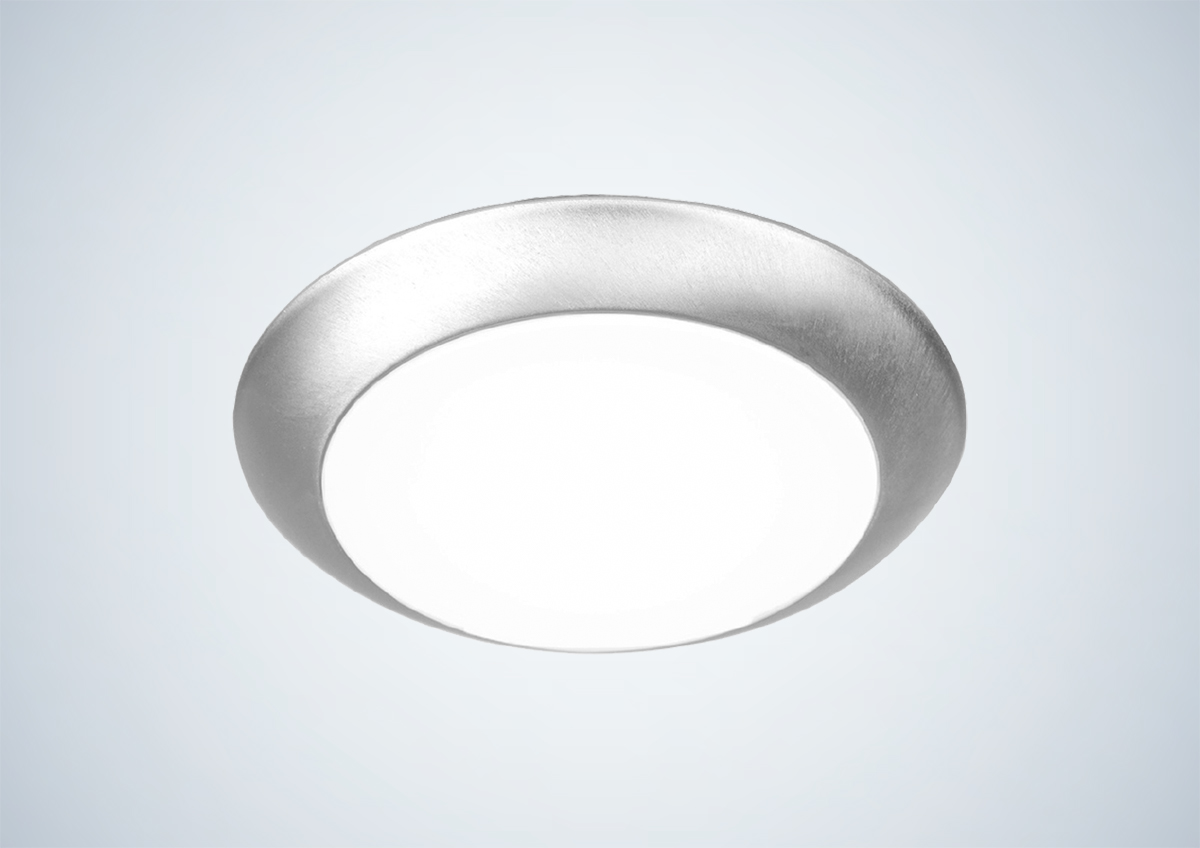
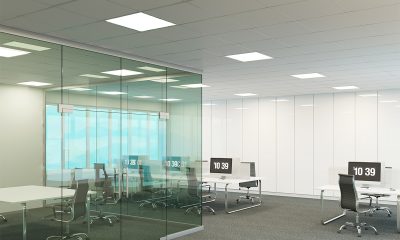

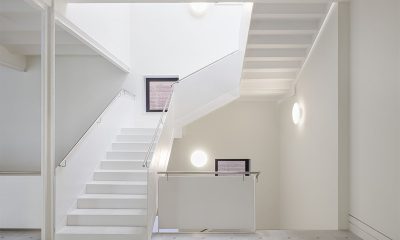
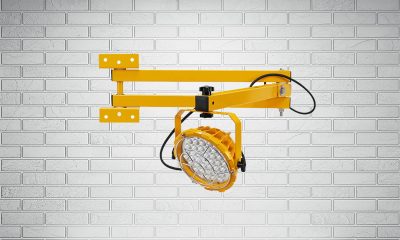
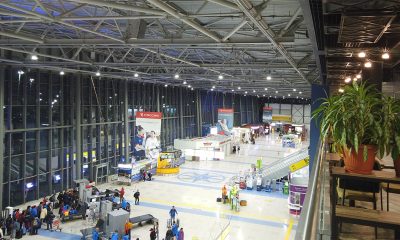


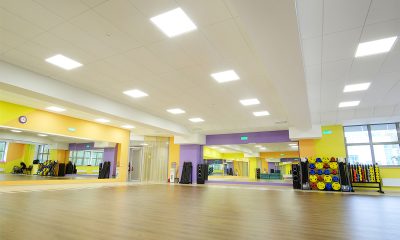


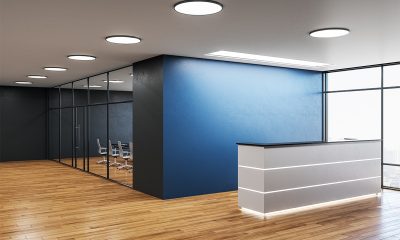






Loading...